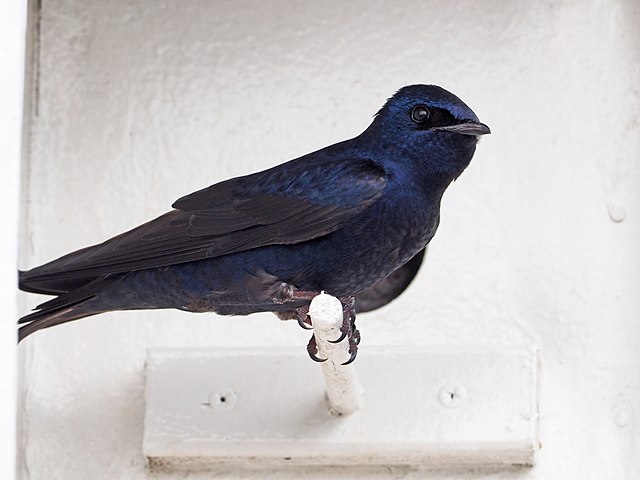
Spring Departure Drives Migration in Songbirds: Insights from the Purple Martin
Bird migration is one of nature’s most fascinating phenomena, involving billions of birds annually navigating vast distances. A recent study titled “Spring departure date, not en route conditions, drive migration rate and arrival timing in a long-distance migratory songbird” delves into the intricate dynamics of migration, focusing on the Purple Martin (Progne subis). This article unravels how departure times from wintering grounds significantly influence the migratory patterns of these long-distance travelers.
The Crucial Role of Departure Timing
The study highlights that for Purple Martins, the timing of departure from their wintering grounds significantly impacts their migration rate and subsequent arrival at breeding sites. Intriguingly, birds leaving later tend to travel faster, although they incorporate more stopover days, resulting in an overall slower migration. This finding emphasizes the importance of intrinsic factors, such as birds’ internal biological clocks and behaviors, over external conditions experienced during the journey.

Weathering the Journey: The Impact of Environmental Conditions
While the study acknowledges the role of facilitating southern winds and reduced precipitation in increasing migration speed, these factors play a secondary role compared to departure timing. This revelation is particularly crucial in understanding how long-distance migrants like the Purple Martin might adapt (or struggle to adapt) to rapidly changing environmental conditions due to climate change.
Gender and Geographic Variations
An interesting aspect of the study is the observed gender and geographic differences in migration patterns. Female Purple Martins, particularly those traveling to more northern breeding sites, were found to arrive earlier and migrate faster than males. This finding challenges the commonly observed pattern in migratory birds where males typically arrive earlier to secure territories and mates.
Implications for Conservation and Future Research
The study’s insights have significant implications for the conservation of migratory birds. As climate change continues to disrupt the timing of seasons, understanding the factors that drive migration timing is crucial for predicting and mitigating potential mismatches between birds and their environments. The authors suggest further research into how environmental conditions at stopover points contribute to overall migration rates, offering a more comprehensive understanding of these remarkable birds’ journey each year.
In conclusion, this deep dive into the migratory patterns of the Purple Martin underscores the importance of departure timing in influencing migration rates and arrival times. As we continue to witness the impacts of climate change, studies like this are invaluable in shaping conservation strategies and enhancing our understanding of these extraordinary avian journeys.
Embark on a Scientific Adventure
Join ‘This Week in Science’ and explore the universe of knowledge! Our weekly newsletter is crafted for educators and enthusiasts, bringing you the latest and most exciting scientific discoveries. Every issue is packed with cutting-edge research, breakthroughs, and captivating stories from the world of science. Subscribe now for free and transform your teaching and learning experiences. Embark on your path to becoming more knowledgeable and connected with the ever-evolving world of science.



